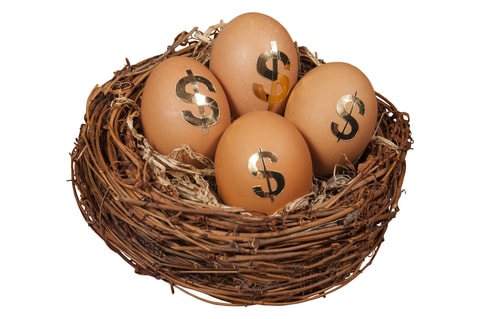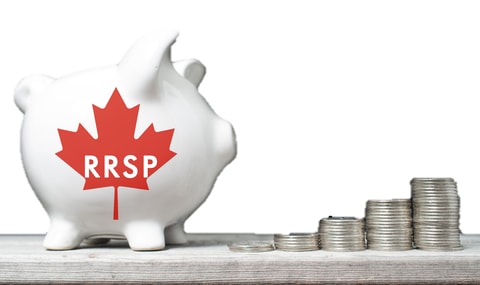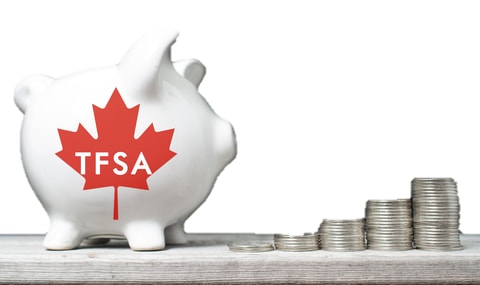Get a Home Insurance quote now. Start saving.

But which account is best for you depends on your circumstances and goals. Below is a short guideline to determine whether you should use your TFSA or RRSP (or both!) to save for a down payment.
Saving for a down payment in your RRSP

Under the Home Buyers’ Plan (HBP), you can borrow up to $25,000 from your RRSP without penalty to buy a home. You then have 15 years to repay the amount, beginning the second year after the year you purchase your home. This works out to $1,667 a year. If you don’t repay this amount in any given year, you must pay taxes on the amount. If you’re buying a home with a partner or a spouse and you’re both first-time homebuyers, you can withdraw up to $25,000 each from your RRSPs for a total of $50,000.
By claiming your RRSP contributions on your tax return, you can get a tax refund. If you deposit that refund into your RRSP, this can help give your down payment savings a boost and get you into a home sooner.
As long as you can stick to the repayment schedule, taking advantage of the HBP makes your RRSP an excellent place to save your down payment.
Saving for a down payment in your TFSA

Currently, the annual TFSA contribution limit is $5,500. And if you were 18 or older in 2009 when the TFSA was introduced and a Canadian resident, you have $46,500 in contribution room. This means you can stash up to that amount in your TFSA where it will grow tax-free until you’re ready to buy. You can withdraw this money without penalty at any time, for any reason, making the TFSA the most flexible tax-sheltered account.
And there isn’t a requirement to repay the amount you withdrew. This relieves the stress of trying to replenish your savings while carrying the new costs of homeownership at the same time.
The bottom line
Get a Home Insurance quote now. Start saving.
RateHub.ca is a website that compares mortgage rates, credit cards and deposit rates with the goal to empower Canadians to search smarter and save money.
